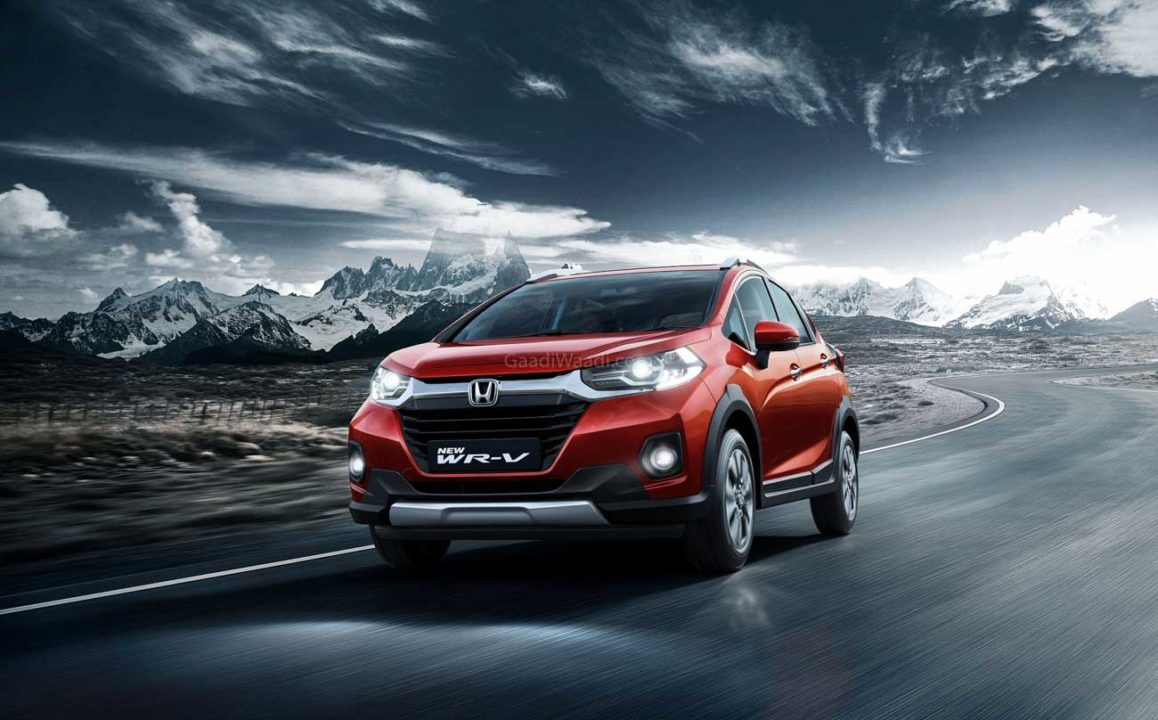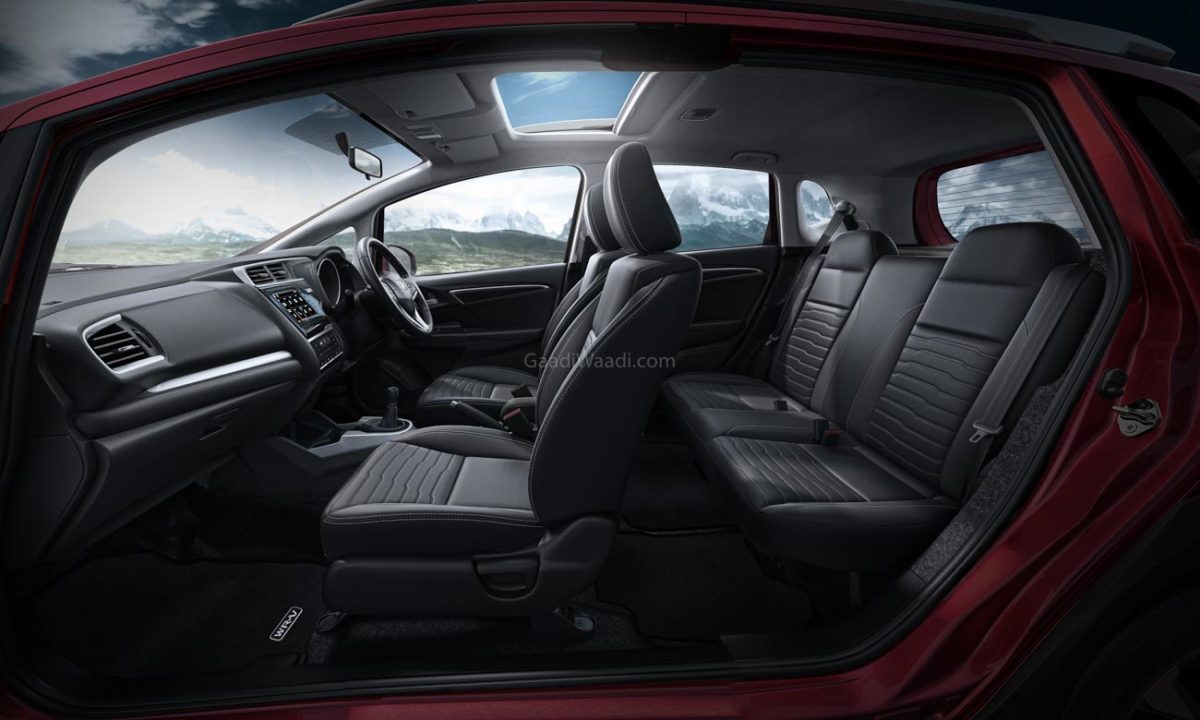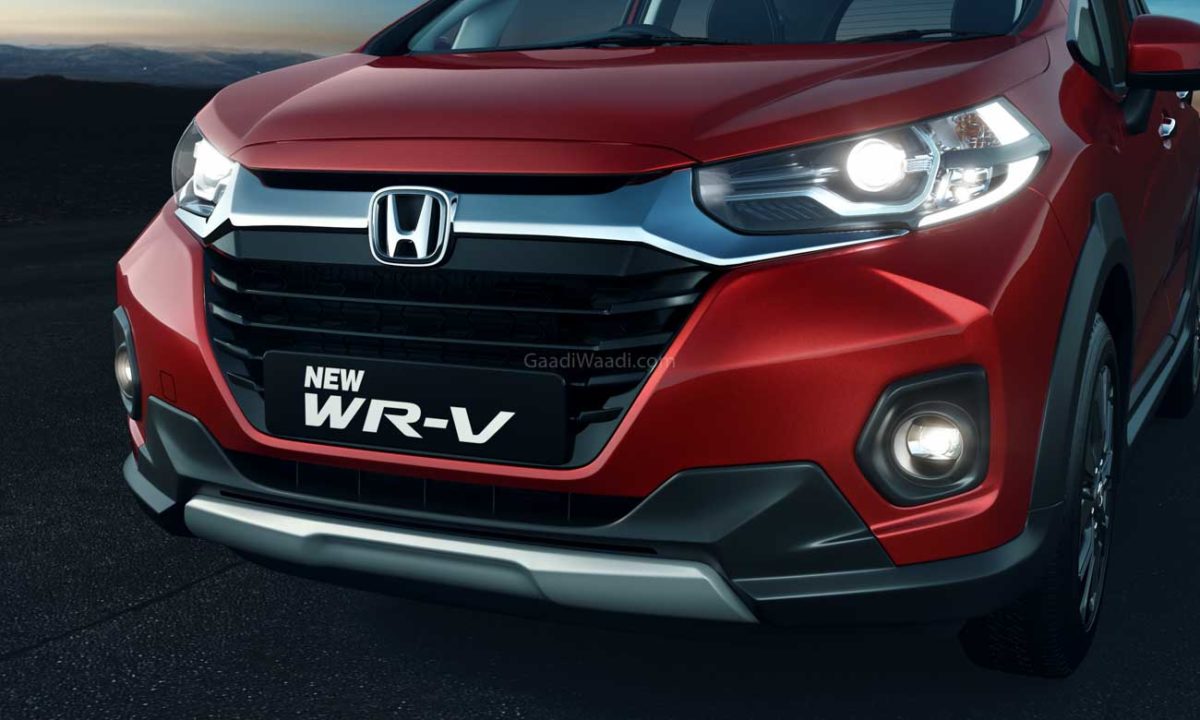
The Honda WR-V continues to be offered with two powertrains in the BS6 era, which include 1.2-litre petrol and a 1.5-litre diesel motor
Honda Cars India launched the WR-V in the Indian market back in 2017, and even though it is based on the second-gen Jazz, it received a better response from Indian buyers, and went on to outperform the premium hatchback it is originally inspired from.
Now, Honda has finally launched the BS6-compliant version of the WR-V, which apart from the cleaner engine, also received a mid-life facelift that features some noteworthy changes as compared to the outgoing model. While the changes are subtle, the car surely looks refreshed and all set to take on other similarly priced sub-compact SUVs in the country once again.
Here are the five essential things you must know about the 2020 Honda WR-V facelift –
1. Visual changes
External styling has always been WR-V’s forte, and it has also been the reason the crossover has performed better than the hatchback it is based on. When the WR-V had arrived, there were not a lot of cars in this segment and hence, WR-V was able to attract a lot of takers, thanks to its bold and rugged external design.
Since it’s just a mid-life facelift, the WR-V has retained its overall styling, while some minor updates have been introduced to the car on the outside. The changes include more prominent creases on the front bumper, a new radiator grille with horizontal slats, new 16-inch alloy wheels, as well as new LED projector headlamps, fog lamps and LED elements in the tail lights.
The BS6 WR-V facelift is being offered in a total of six paint schemes, namely Lunar Silver Metallic, Modern Steel Metallic, Golden Brown Metallic, Premium Amber Metallic, Radiant Red Metallic and Platinum White Pearl.
2. BS6-compliant Powertrains
The WR-V’s 1.2-litre, NA petrol and 1.5-litre turbo diesel engines have been upgraded to comply with the BS6 emission norms without any loss in power or torque output. That being said, the 1.2-litre petrol engine puts out 90 PS of max power, along with 110 Nm torque, while the 1.5-litre oil burner is rated at 100 PS/200 Nm.
The transmission duties on the petrol trims is handled by a 5-speed manual gearbox, while the diesel models get a 6-speed MT as standard. Unfortunately, no automatic transmission is on offer with the BS6 WR-V facelift as of now. The diesel has an ARAI-rated fuel efficiency of 23.7 km/l, while the petrol-manual is claimed to return 16.5 km per litre.
3. Features & Safety
The BS4 WR-V was already packed up to the brim with features, and the BS6-compliant version of the crossover has retained all of the goodies including LED projector headlamps, LED DRLs, driver’s seat height adjust, electrically adjustable and foldable wing mirrors, automatic climate control, a 7.0-inch touchscreen infotainment system with Android Auto and Apple CarPlay compatibility, cruise control, keyless entry and go, a leather-wrapped steering wheel and an electric sunroof as well.
On the safety front, the WR-V facelift comes equipped with dual frontal airbags, rear parking sensors, rear parking camera, ABS with EBD, a high-speed alert system and so on.
4. Price
Both the petrol and the diesel versions of the sub-4m crossover are being offered in two variants – SV and VX. The petrol trims of the 2020 WR-V have priced at Rs 8.50 lakh and Rs 9.70 lakh, while the diesel variants of the car are offered at Rs 9.80 lakh and Rs 10.99 lakh (all prices, ex-showroom) respectively.
As compared to the outgoing BS4 version, the new entry-level petrol variant costs Rs 35,000 more, while the top-end petrol trim is Rs 45,000 more expensive now. On the other hand, the diesel entry-level and top-end variants are Rs 55,000 and Rs 65,000 more expensive respectively.
5. Rivals
The Honda WR-V competes against the likes of the sub-4m SUVs in the country including Tata Nexon, Maruti Suzuki Vitara Brezza, Hyundai Venue, Ford EcoSport, and the Mahindra XUV300, while it also competes against the bigger Maruti Suzuki S-Cross, which is set to be launched this month with a new BS6 1.5-litre petrol engine.



